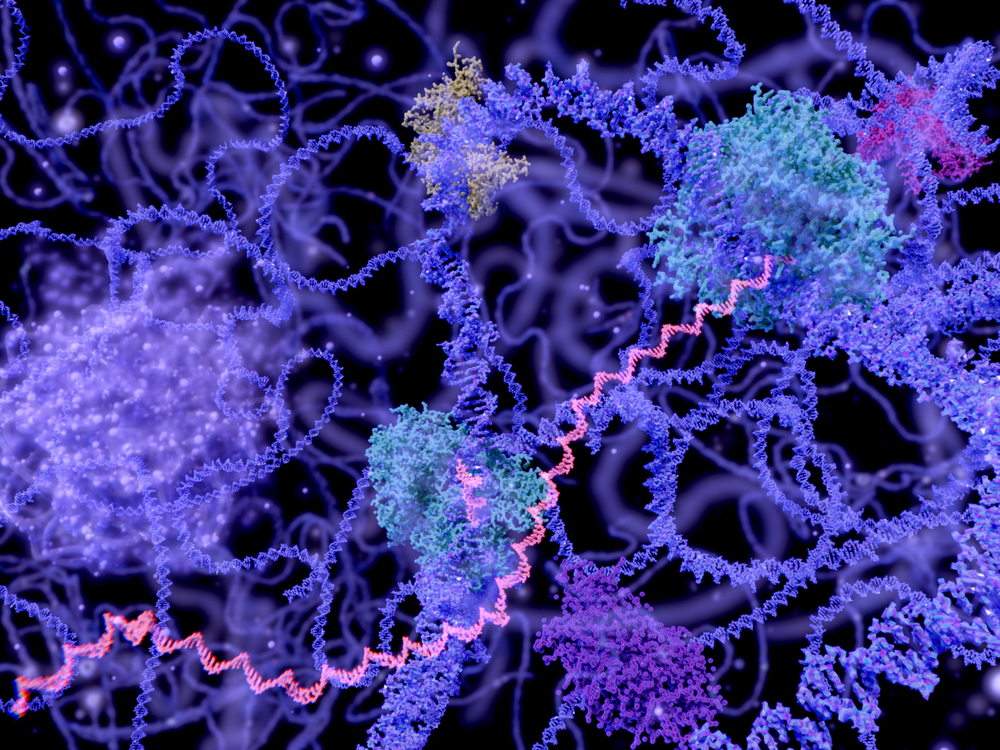A team of researchers from the University of Tartu, Estonia, might have a novel approach for the diagnosis of endometriosis that may prevent some of its worse complications. Their findings were recently published in the Fertility and Sterility journal.
It is estimated that endometriosis affects 10 percent of all reproductive-age women and is caused when endometrium cells that normally grow inside the uterus begin to grow outside the uterus, leading mainly to infertility and pelvic pain, usually during menstruation. The pain is caused by the inflammation associated with the cyclic detachment of cells from the wrong site (pelvic cavity, for example) during menstruation.
At present, the only method for clearly diagnosing endometriosis is laparoscopy, a surgical procedure done in the pelvis through small (0,5-1,5 cm) incisions with the help of a camera, which also classifies (stages) disease severity. Being an invasive procedure, the disease diagnosis usually occurs more than 10 years after the onset of symptoms, underlining the need for a better diagnostic approach.
MicroRNAs are small molecules that function as regulators of gene expression both in plants and animals and might play a role in the disease. As such, differential levels of these microRNA in blood circulation are promising candidates for noninvasive diagnosis of endometriosis.
The team of researchers led by Kadri Rekker and Professor Maire Peters compared plasmatic levels of certain microRNAs from 61 patients with endometriosis to those of 65 women without the disease. They found that two of these molecules (miR-200a and miR-141) have the potential to be used in the future as markers for endometriosis, since patients had lower levels of these molecules when compared to women with similar complaints but without the disease. Nevertheless, presently, these two markers do not have sufficient accuracy to safely provide the diagnosis.
This study opens the door to novel studies that aim to address one of the most sensitive issues in endometriosis: its difficult diagnosis. These microRNA molecules might be included in a combination of markers to yield an accurate and early diagnosis of the disease. This will in turn enable doctors to quickly manage the condition and prevent its feared complications.

